Baa, Baa, Black Sheep, Have You Any Wool?
Some cool diet images:
Baa, Baa, Black Sheep, Have You Any Wool?
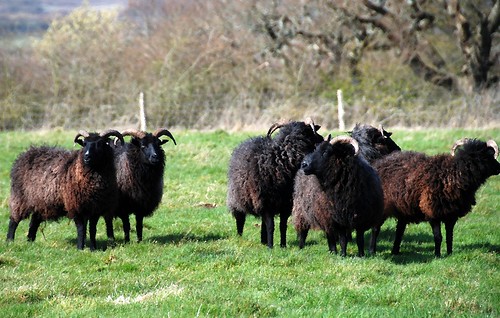
Image by antonychammond
Yes, sir, yes, sir,
Three bags full;
One for the master,
And one for the dame,
And one for the little boy
Who lives down the lane.
"Baa, Baa, Black Sheep" is an English nursery rhyme, the earliest surviving version of which dates from 1731. The words have changed little in two and a half centuries. It is sung to a variant of the 1761 French melody Ah! vous dirai-je, maman. Uncorroborated theories have been advanced to explain the meaning of the rhyme. These include that it is a complaint against Medieval English taxes on wool and that it is about the slave trade. In the twentieth century it was a subject of controversies in debates about political correctness. It has been used in literature and popular culture as a metaphor and allusion. The Roud Folk Song Index classifies the lyrics and their variations as number 4439.
The rhyme is a single stanza in trochaic metre, which is common in nursery rhymes and relatively easy for younger children to master. The Roud Folk Song Index, which catalogues folk songs and their variations by number, classifies the song as 4439 and variations have been collected across Great Britain and North America.
The rhyme is usually sung to a variant of the 1761 French melody Ah! vous dirai-je, maman, which is also used for "Twinkle Twinkle Little Star" and the "Alphabet song". The words and melody were first published together by A. H. Rosewig in (Illustrated National) Nursery Songs and Games, published in Philadelphia in 1879.
As with many nursery rhymes, attempts have been made to find origins and meanings for the rhyme, most which have no corroborating evidence. Katherine Elwes Thomas in The Real Personages of Mother Goose (1930) suggested that the rhyme referred to resentment at the heavy taxation on wool. This has particularly been taken to refer to the medieval English "Great" or "Old Custom" wool tax of 1275, which survived until the fifteenth century. More recently the rhyme has been connected to the slave trade, particularly in the southern United States. This explanation was advanced during debates over political correctness and the use and reform of nursery rhymes in the 1980s, but has no supporting historical evidence. Rather than being negative, the wool of black sheep may have been prized as it could be made into dark cloth without dyeing.
For more information please visit en.wikipedia.org/wiki/Baa,_Baa,_Black_Sheep
You may think there’s nothing unusual about seeing sheep grazing on the Isle of Wight but some are a little bit different. Let me introduce you to the black sheep in the National Trust family…
History
Hebridean sheep are an ancient breed of medium-sized black sheep, which came from the islands off the west coast of Scotland. They’re often known as St Kilda sheep.
The first feral animals, small and hardy with hair coats, were domesticated by Iron-Age farmers. Their thick black fleece is a result of selective breeding, and it turns greyer with age.
Had it not been fashionable to keep them in the parkland of country estates, they may well have died out.
But in the 20th century they were brought back from the brink of extinction and now they’re widely used by conservation organisations.
The National Trust first bought them in the early 1990s from an Isle of Wight rare breed farm.
What makes them special?
They chose Hebridean sheep because they’re excellent at scrub control, preferring to browse coarse vegetation rather than flowers such as orchids and cowslips.
And they’ll happily eat docks, thistle flowers and nettles.
They’re a low-maintenance breed and are hardy – they don’t seem to mind bad weather conditions or a poor diet, unlike some other breeds.
So They use them to restore and maintain areas of chalk grassland where we want to encourage the return of delicate wildflowers. They’re also effective in restoring lowland heath, where they reduce the scrub that shades the heather.
How do They use them?
They move the sheep around quite a bit, using small flocks in places that are too small or unsuitable for cattle.
So you may often see them grazing on St Helens Common, at Bembridge Windmill, on Culver Down and Ventnor Downs, and alongside the Tennyson Trail at Freshwater Bay.
They also help maintain sites owned by the Wildlife Trust such as Bouldnor Heath Forest. We’ve a small breeding flock at Newtown and Clamerkin, which provides replacements for the ‘satellite’ flocks.
Caring for Their sheep
Their rangers and volunteers are responsible for looking after the sheep and moving them around the Isle of Wight to wherever they’re needed.
They shear them in early spring to reduce the risk of ticks and fly-strike, a particularly unpleasant condition that occurs in hot, wet conditions.
But, generally, they’re quite self sufficient, enjoying the environment and playing an important part in our family.
For further information please visit www.nationaltrust.org.uk/wra-1356329191892/view-page/item…
Imagine

Image by Fotografik33 – www.fotografik33.com
www.fotografik33.com
Ourang outan au jardin des plantes (Paris).
Les Orang-outans (Pongo) forment un genre de singes anthropoïdes de la famille des Hominidés. Ils sont répandus en Insulinde, plus précisément dans les îles de Bornéo et Sumatra. La taille moyenne des orang-outans est de 1,10 à 1,40 m pour 40 à 80 kg et peuvent vivre de 30 à 40 ans.
La gestation dure 245 jours. Les jeunes orang-outans voyagent accrochés au dos ou au ventre de leur mère pendant plus de deux ans. Les naissances sont espacées, avec un intervalle d’environ huit ans en moyenne.
Les orang-outans sont parmi les plus arboricoles des grands singes. Ils passent la majeure partie de leur temps dans les arbres, à la recherche de nourriture. L’animal se nourrit la plupart du temps de fruits, de jeunes pousses, d’écorce, de petits vertébrés, d’œufs d’oiseaux et d’insectes. Voilà pourquoi Anne Russon, qui étudie l’intelligence des grands singes à l’université York, s’est étonnée d’observer une nouvelle activité des orang-outans vivant autrefois en captivité et relachés à Bornéo : la pêche. Chaque nuit, ils fabriquent un nouveau nid perché entre 12 et 18 mètres au-dessus du sol.
The orangutans are the two exclusively Asian species of extant great apes. Native to Indonesia and Malaysia, orangutans are currently found only in the rainforests of Borneo and Sumatra. Classified in the genus Pongo, orangutans were considered to be one species. However, since 1996, they have been divided into two species: the Bornean orangutan (P. pygmaeus) and the Sumatran orangutan (P. abelii). In addition, the Bornean species is divided into three subspecies. The orangutans are also the only surviving species of the subfamily Ponginae, which also included several other species like Gigantopithecus, the largest known primate. Both species had their genomes sequenced and they appear to have diverged around 400,000 years ago. Orangutans diverged from the rest of the great apes approximately 15.7 to 19.3 mya (million years ago).
Orangutans are the most arboreal great apes and spend most of their time in trees. Their hair is typically reddish-brown, instead of the brown or black hair typical of chimpanzees and gorillas. Males and females differ in size and appearance. Dominant adult males have distinctive cheek pads and produce long calls that attract females and intimidate rivals. Younger males do not have these characteristics and resemble adult females. Orangutans are the most solitary of the great apes, with social bonds occurring primarily between mothers and their dependent offspring, who stay together for the first two years. Fruit is the most important component of an orangutan’s diet, however, the apes will also eat vegetation, bark, honey, insects and even bird eggs. They can live over 30 years in both the wild and captivity.
banana zucchini nut bread
A few nice recipes images I found:
banana zucchini nut bread
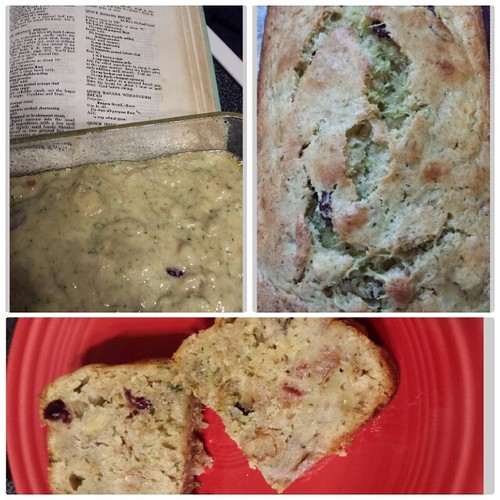
Image by Photos by Mavis
Chimichurri Sauce Recipe

Image by Fareham Wine
Chimichurri Sauce Recipe
f64d_fd9460_01
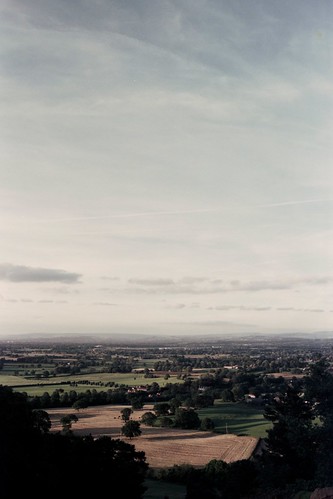
Image by mazpho.to
Cool Cook Books images
A few nice cook books images I found:
Image taken from page 20 of ‘[Cook’s Handbook for London. With two maps.]’

Image by The British Library
View this map on the BL Georeferencer service.
Image taken from:
Title: "[Cook’s Handbook for London. With two maps.]", "Guide Books. London"
Author: COOK, Thomas – AND SON
Shelfmark: "British Library HMNTS 10347.h.12."
Page: 20
Place of Publishing: London
Date of Publishing: 1880
Publisher: Thos. Cook & Son
Edition: [Another edition.]
Issuance: monographic
Identifier: 000773395
Explore:
Find this item in the British Library catalogue, ‘Explore’.
Open the page in the British Library’s itemViewer (page image 20)
Download the PDF for this book Image found on book scan 20 (NB not a pagenumber)Download the OCR-derived text for this volume: (plain text) or (json)
Click here to see all the illustrations in this book and click here to browse other illustrations published in books in the same year.
Order a higher quality version from here.
Image taken from page 278 of ‘England Picturesque and Descriptive … With … illustrations’

Image by The British Library
Image taken from:
Title: "England Picturesque and Descriptive … With … illustrations"
Author: COOK, Joel.
Shelfmark: "British Library HMNTS 10348.h.5."
Page: 278
Place of Publishing: Philadelphia
Date of Publishing: 1882
Publisher: Porter & Coates
Issuance: monographic
Identifier: 000772834
Explore:
Find this item in the British Library catalogue, ‘Explore’.
Open the page in the British Library’s itemViewer (page image 278)
Download the PDF for this book Image found on book scan 278 (NB not a pagenumber)Download the OCR-derived text for this volume: (plain text) or (json)
Click here to see all the illustrations in this book and click here to browse other illustrations published in books in the same year.
Order a higher quality version from here.
“The Cheese Cook Book”
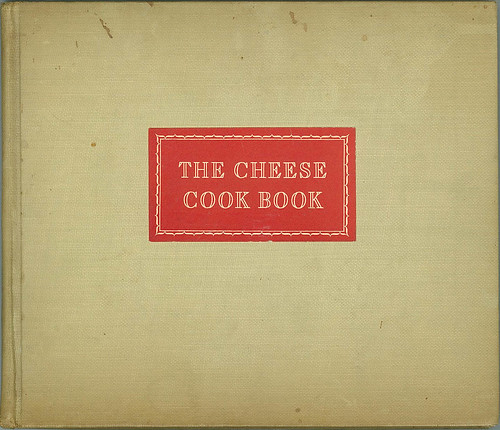
Image by national museum of american history
"The Cheese Cook Book," 1942, by Kraft Cheese Company. From the museum’s Archives Center Product Cookbooks Collection.
Feast
Check out these barbecue foods images:
Feast

Image by Mountain/\Ash
Pollo y Plantanos
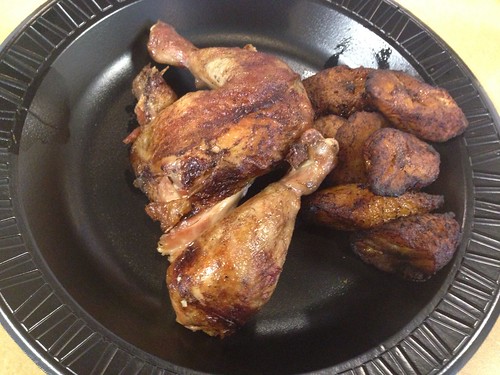
Image by gigglebox1091;)
Chicken and plantains I got from a restaurant Pollo A La Brasa.
Nice Recipes photos
A few nice recipes images I found:
Mediterranean recipes from the Traveller’s Table cookery book
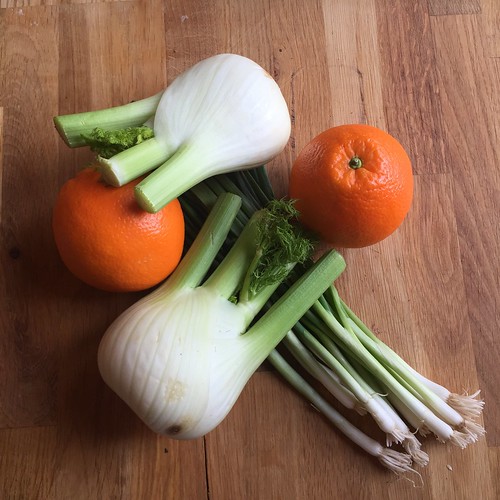
Image by heatheronhertravels
This photo links to my blog article at www.heatheronhertravels.com/mediterranean-recipes-travell…
The Traveller’s Table cookery book was produced by www.simpsontravel.com
This photo may be used for non commercial purposes on condition that you credit Heatheronhertravels.com and link to www.heatheronhertravels.com/ For commercial use please contact me for permission at heather@heatheronhertravels.com
Mediterranean recipes from the Traveller’s Table cookery book
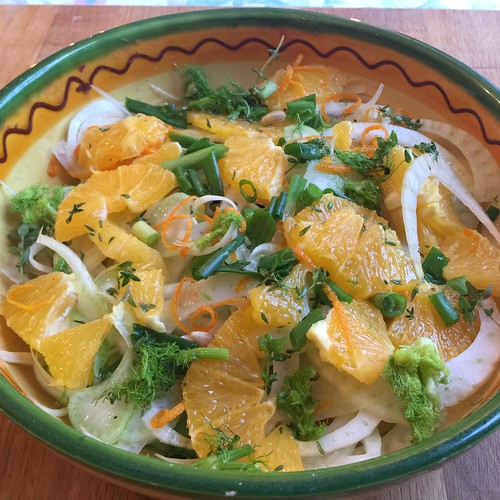
Image by heatheronhertravels
This photo links to my blog article at www.heatheronhertravels.com/mediterranean-recipes-travell…
The Traveller’s Table cookery book was produced by www.simpsontravel.com
This photo may be used for non commercial purposes on condition that you credit Heatheronhertravels.com and link to www.heatheronhertravels.com/ For commercial use please contact me for permission at heather@heatheronhertravels.com

